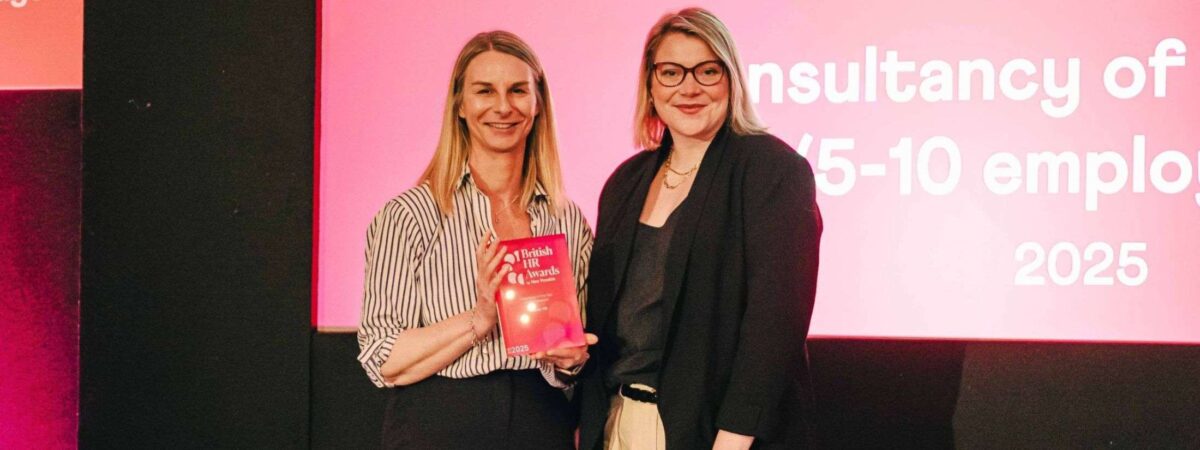Realise HR recognised at the British Recruitment Awards 2025
Realise HR, the multi-award-winning HR and recruitment consultancy headquartered in Carlisle, has been Highly Commended at the recent British Recruitment Awards 2025 for its partnership with Lloyds Pharmacy Clinical Homecare (Lloyds Clinical). The commendation recognises Realise HR’s end-to-end recruitment transformation over the last 12 months, combining process redesign, manager enablement, candidate-experience uplift, and strategic executive search.
Working as an embedded partner, Realise HR overhauled recruitment workflows, created a comprehensive Hiring Manager Toolkit and SOP suite, introduced a “Ways of Working” and SLA framework to drive consistency and accountability, and refreshed candidate communications and onboarding to deliver a professional, branded experience. In parallel, Recruitment Lead Martin Norris led a discreet market search to appoint senior leaders who were not actively on the market, strengthening capability without relying on open advertising.
The programme has accelerated time-to-hire, reduced vacancy backlogs, enhanced compliance and audit readiness, and delivered a markedly improved candidate journey. Hiring managers report greater confidence and self-sufficiency, while the leadership appointments secured through targeted search have added capacity and stability at a critical time. Collectively, these improvements have supported workforce continuity and protected patient services.
Claire McLean, Founder & CEO of Realise HR, said: “This recognition belongs to our team and our partners at Lloyds Clinical. We set out to build a recruitment division that is consistent, compliant and human, and the results show what happens when process, people and purpose align. Most importantly, this work safeguards their patient services by getting the right people in post, faster.”
Martin Norris, Recruitment Lead at Realise HR, added: “Our executive search work centred on market intelligence and trust – identifying values-aligned leaders who weren’t actively looking. By combining discreet headhunting with a robust internal process, we’ve been able to strengthen capability at pace without compromising the candidate experience.”
Kath Albiston, Former Head of Talent at Lloyds Clinical, commented: “Partnering with Realise HR transformed how we hire. Toolkits and SOPs gave us clarity end-to-end, training built confidence across our hiring community, and vacancies reduced significantly. Martin’s discreet search brought in leaders we simply wouldn’t have reached ourselves.”
This commendation adds to Realise HR’s growing list of honours, including multiple national awards for consultancy excellence.









